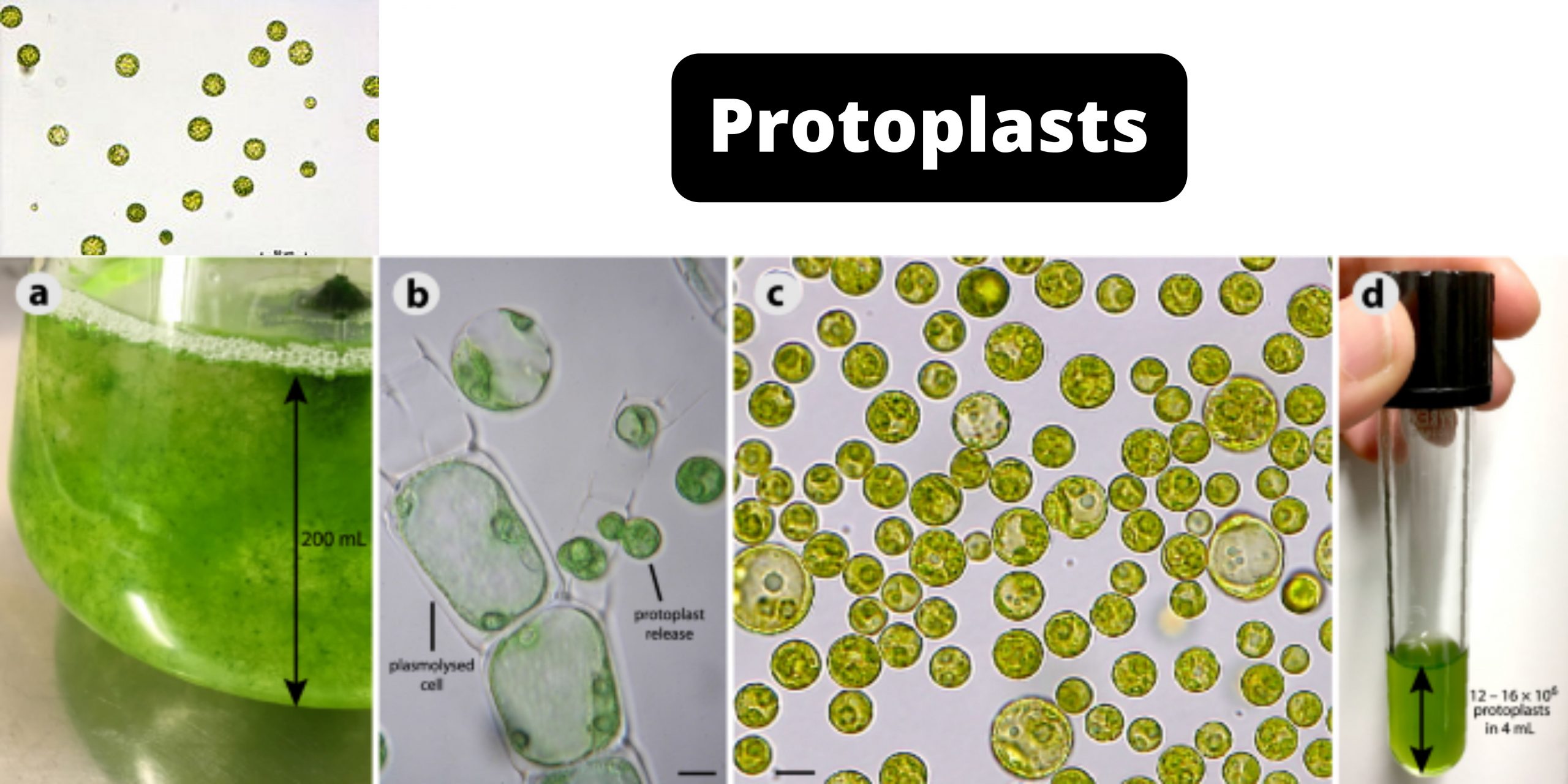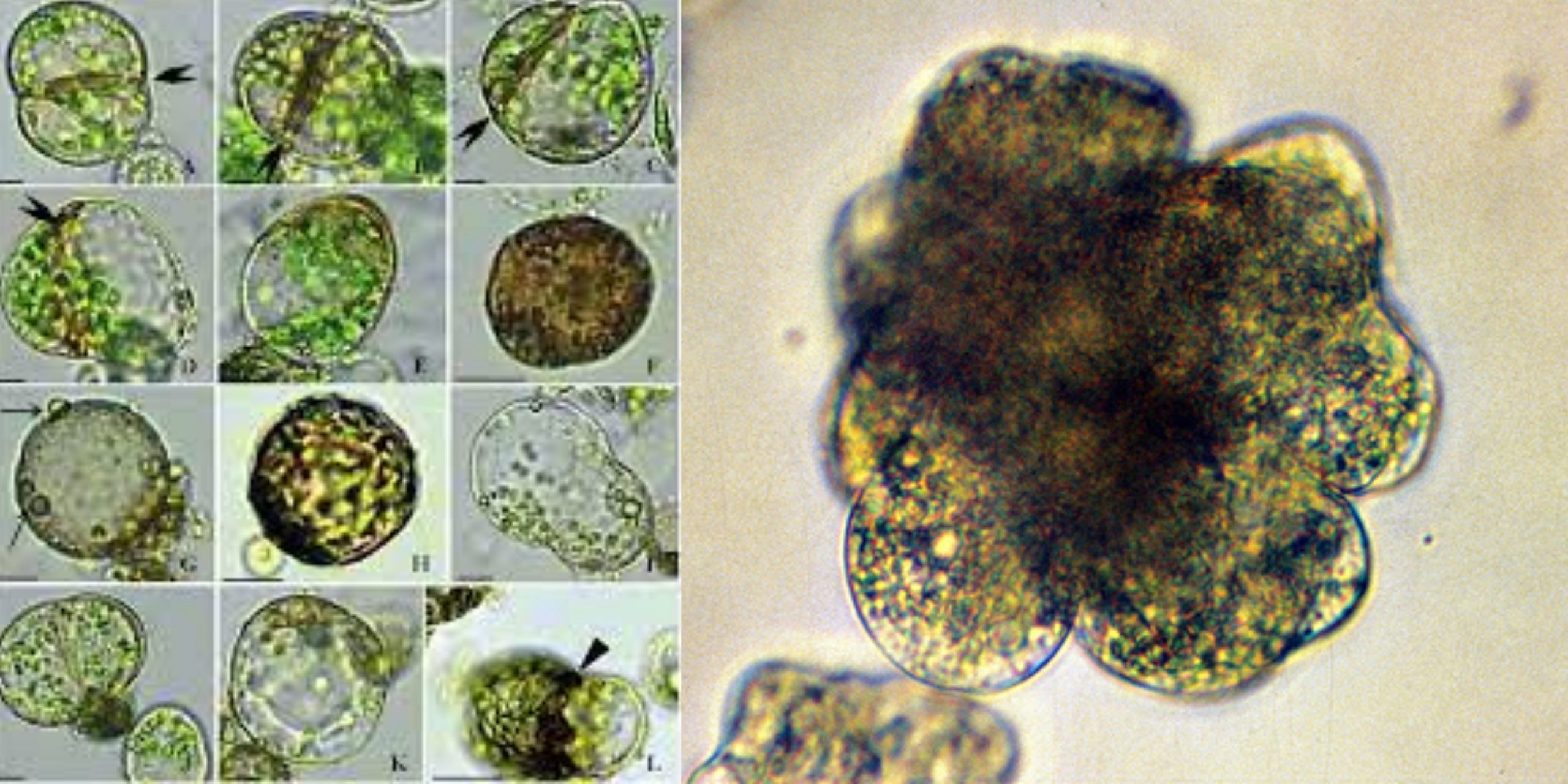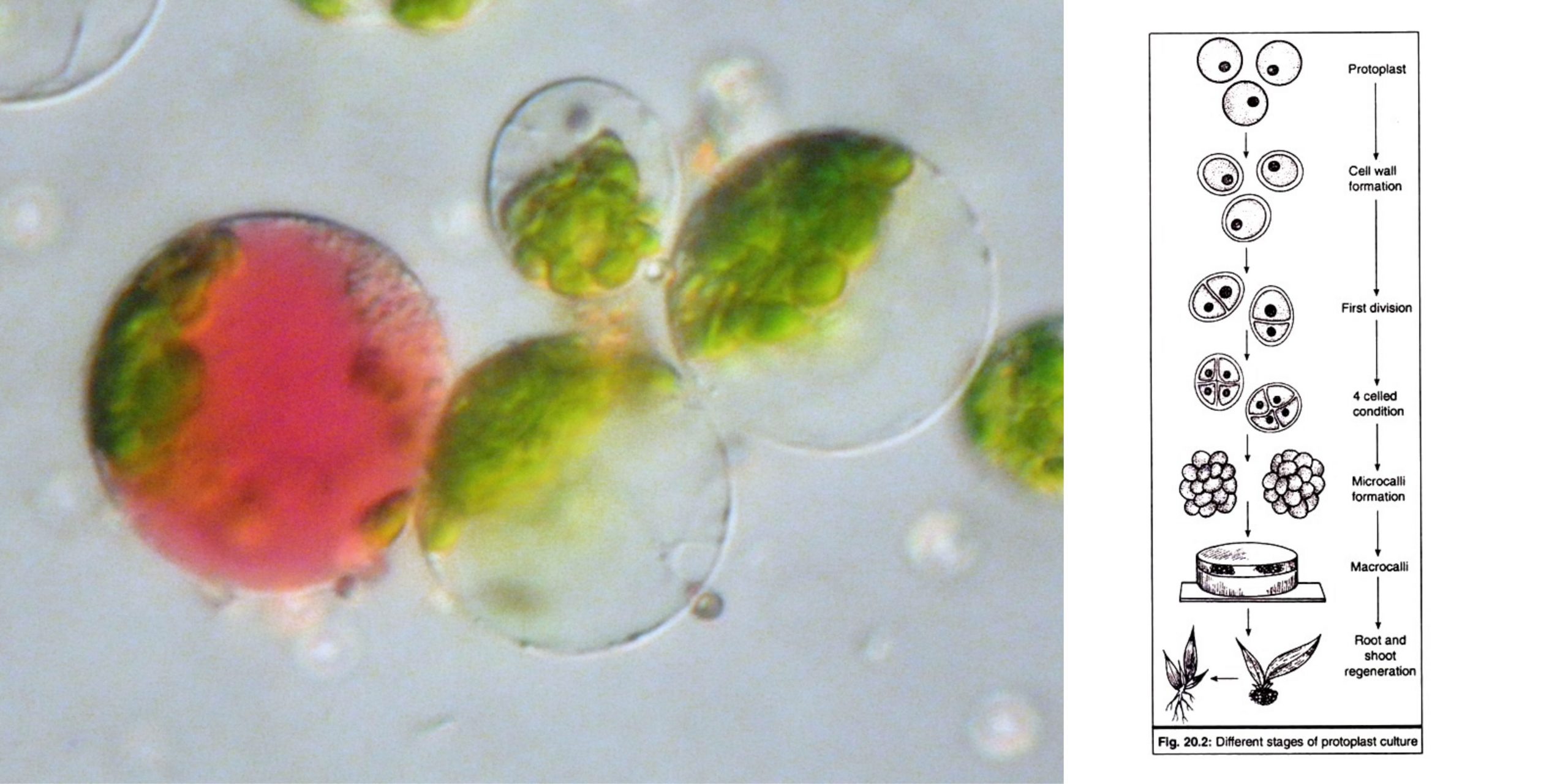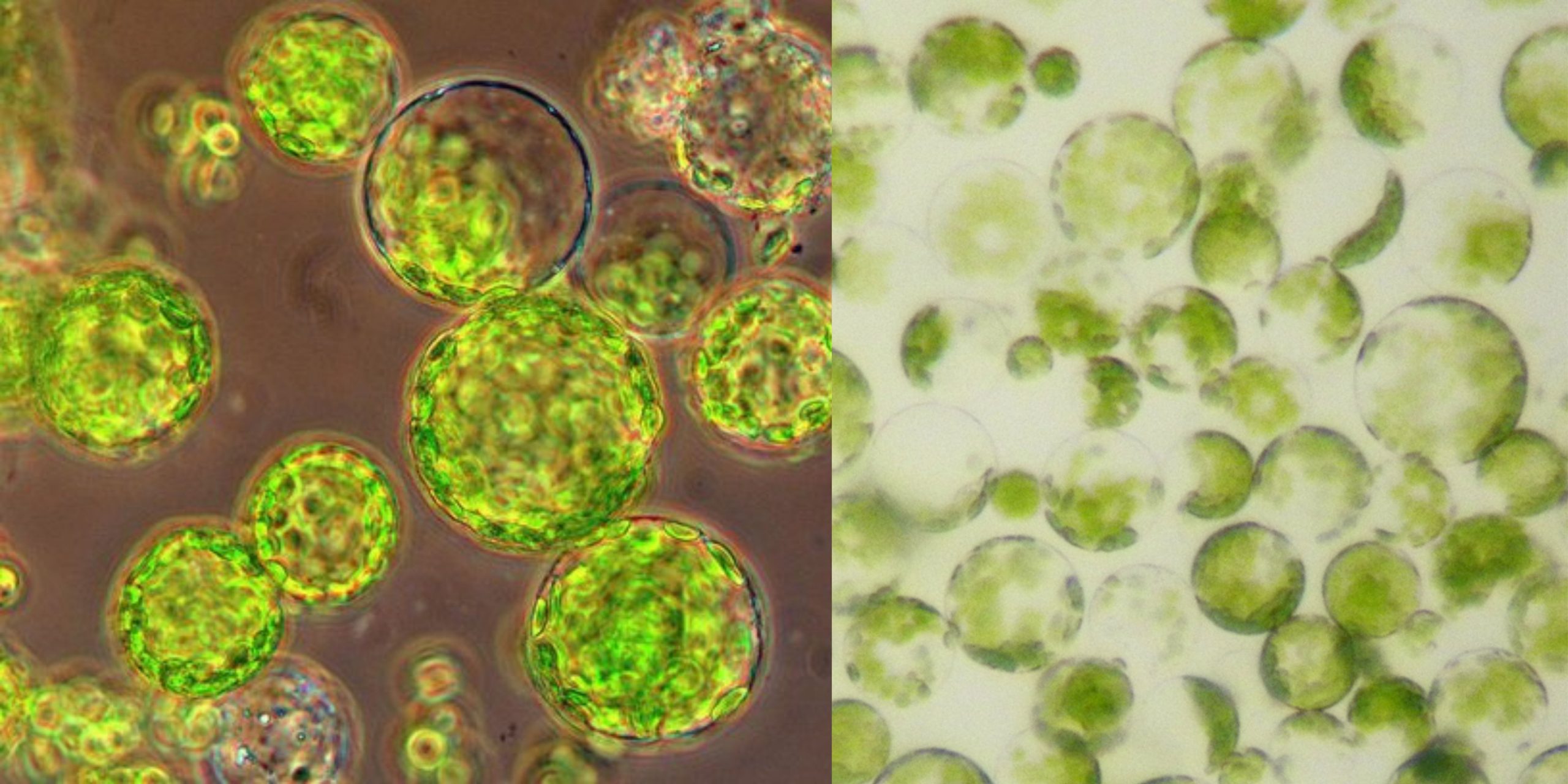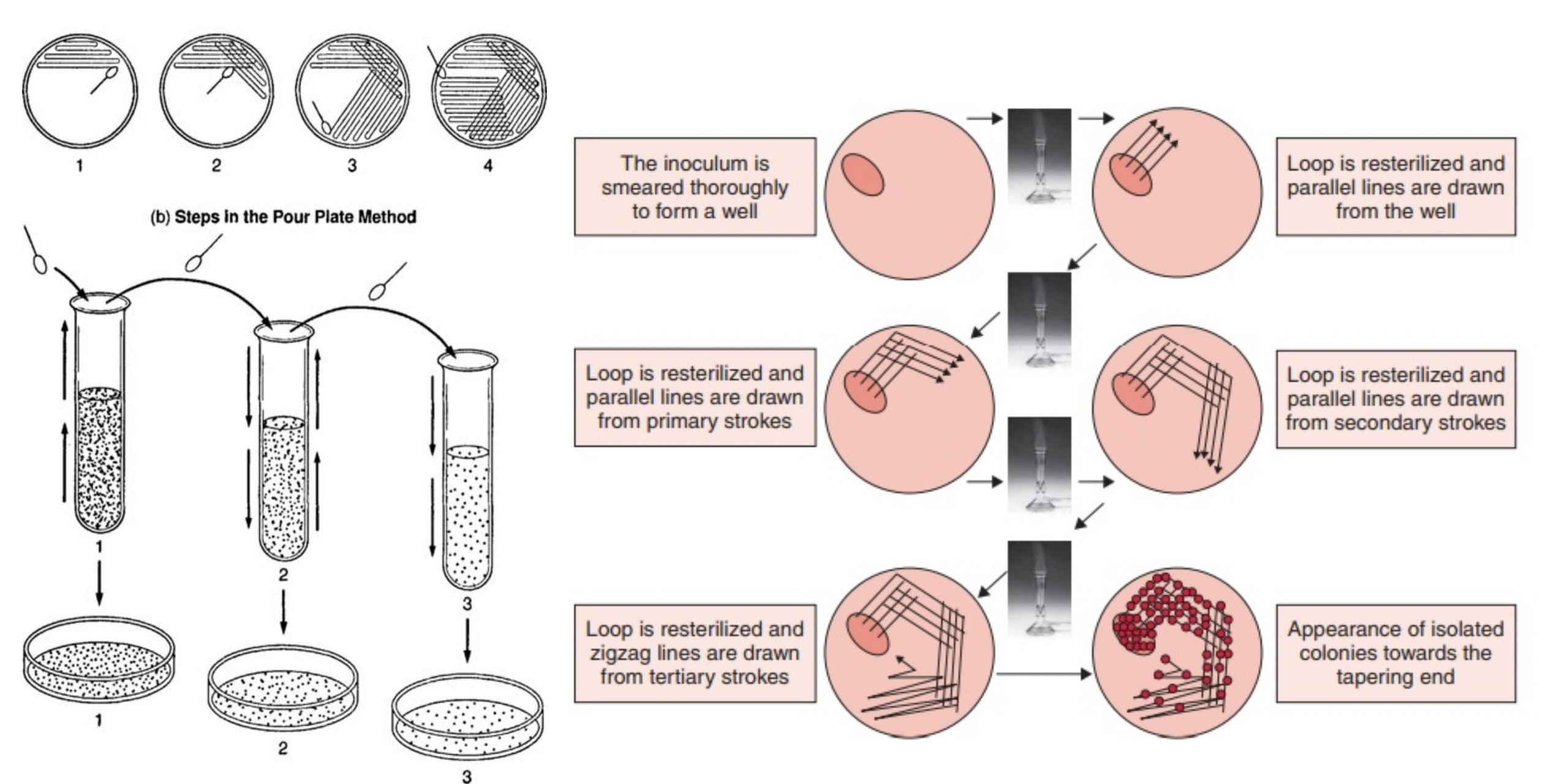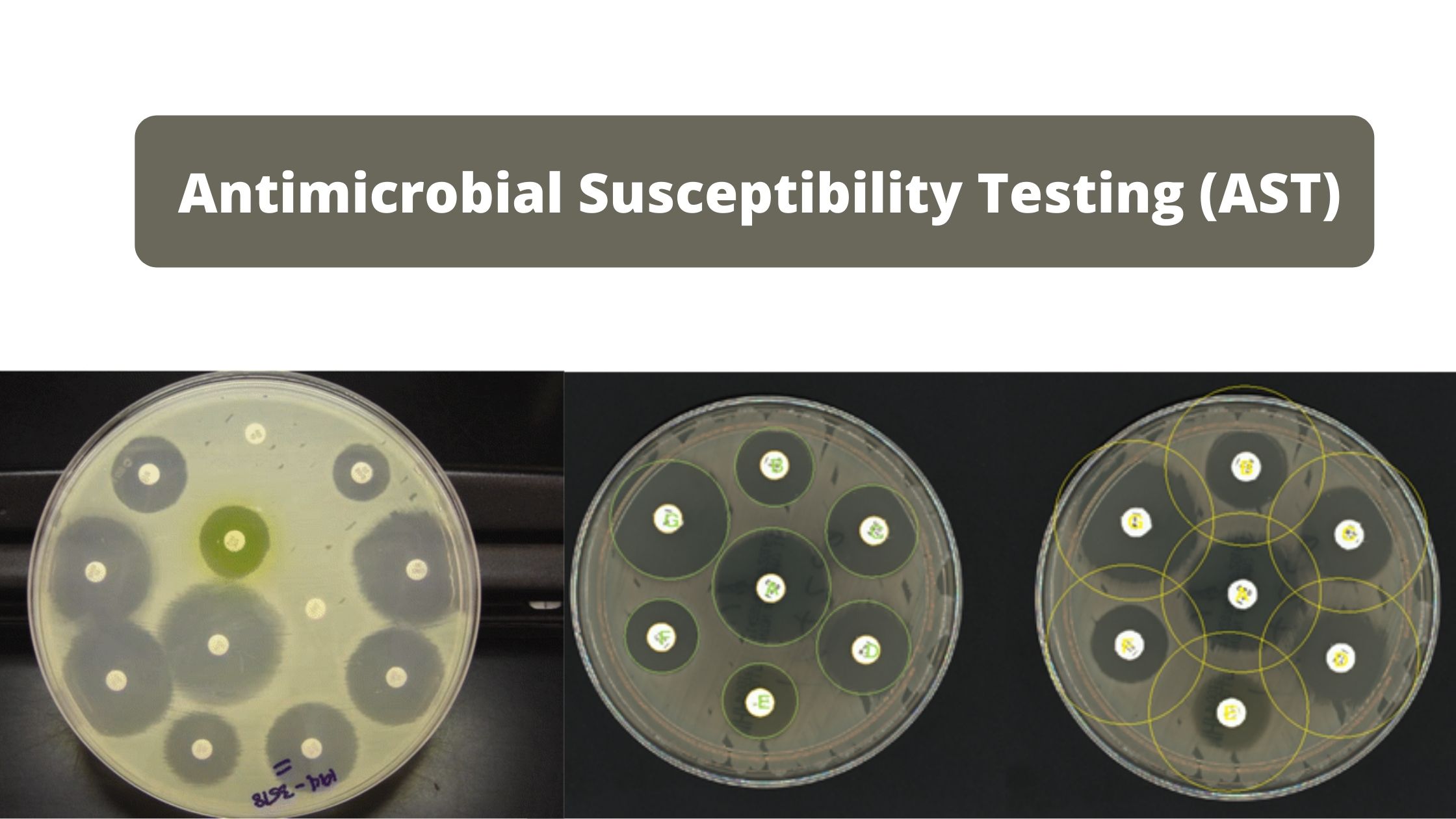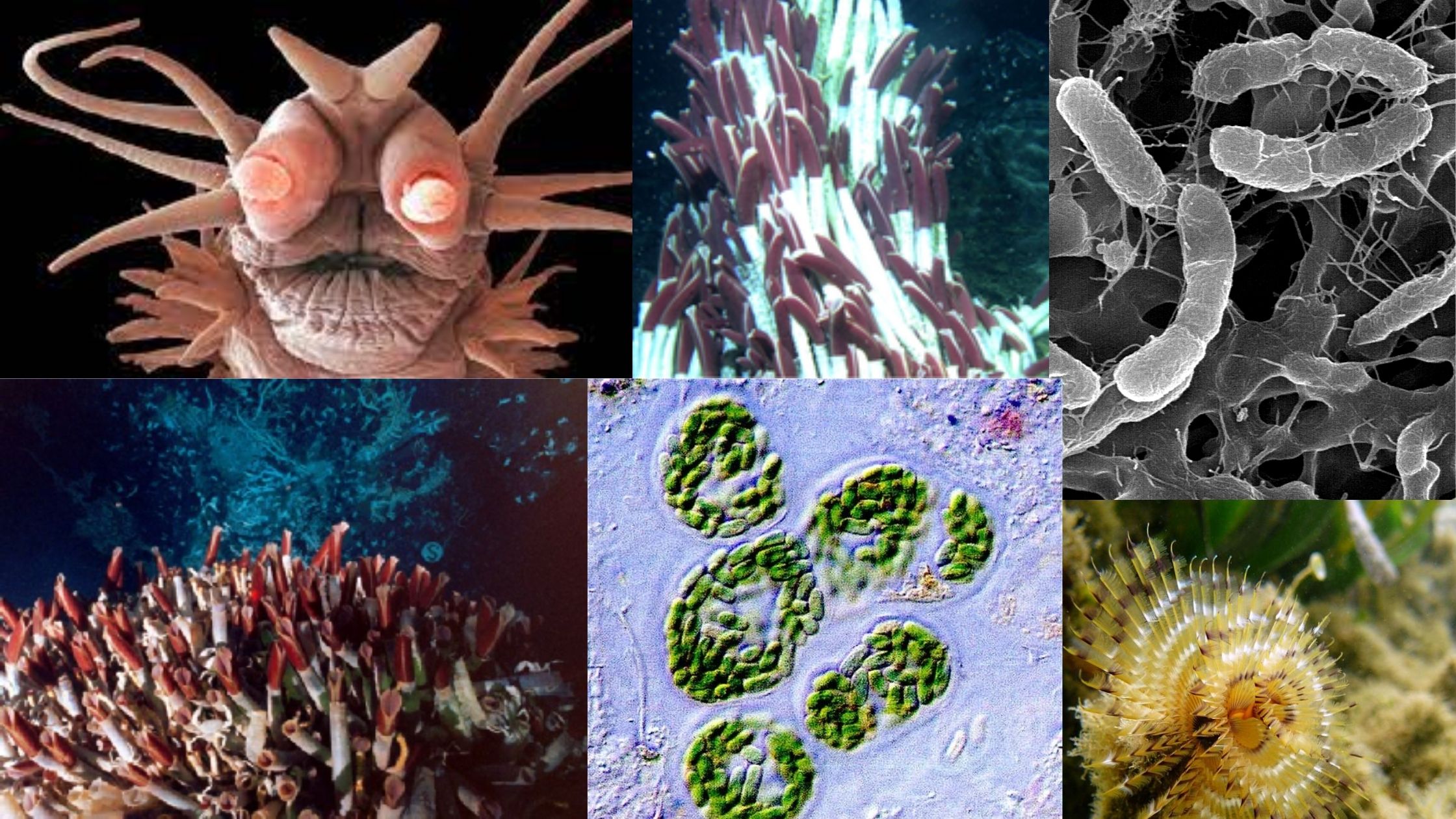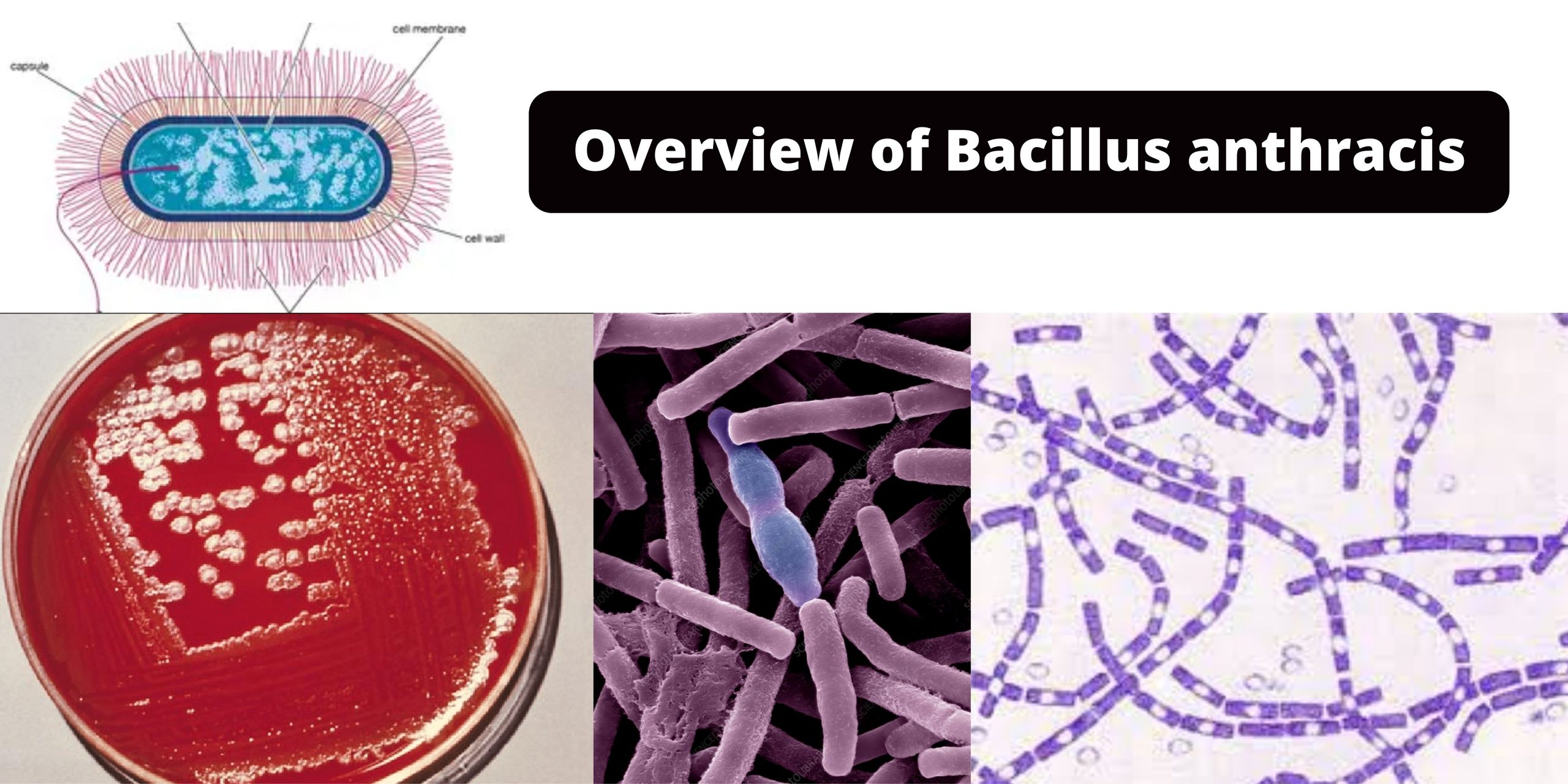Protoplasts – Definition, Application and Protoplasts Culture
Protoplast Definition Protoplasts are plant cells that are completely naked with no cell wall however they do have plasma membranes and other components of the cell. They are functional cells, but without the presence of a barrier, cell wall. Protoplasts from various species can be merged to create a hybrid, and this is known as … Read more
